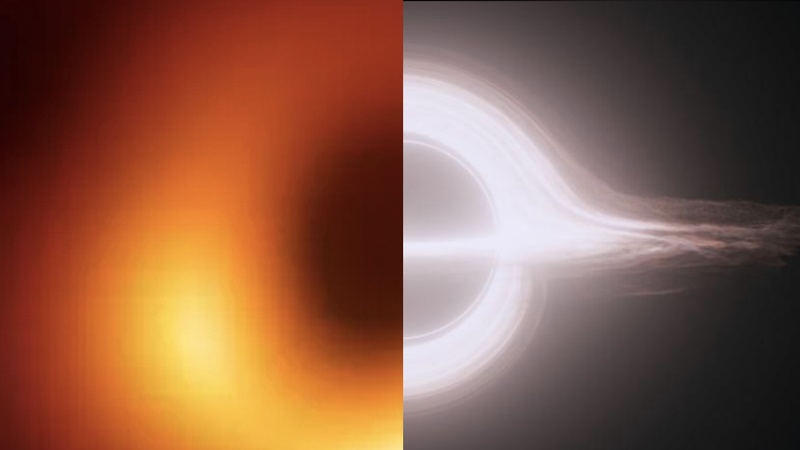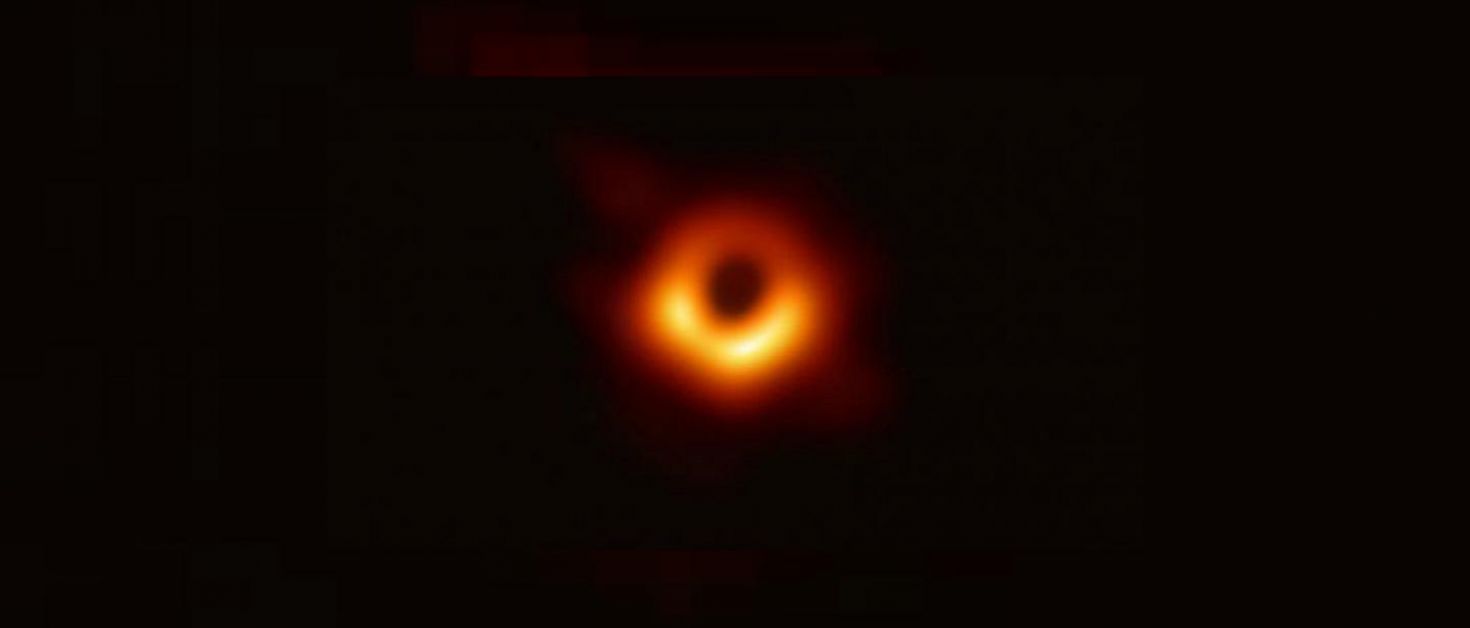Understanding the first image of a Black Hole
Since the first ever image of Black Hole has been published on 10th April 2019, social media and web is flooded with the image and talks about it.
Here is the first ever real image of a Black Hole!
:format(webp)/cdn.vox-cdn.com/uploads/chorus_image/image/63386642/A_Consensus_sm.0.jpg)
The picture, a circular black shadow encircled by a bright orange ring, shows the black hole at the center of the huge galaxy Messier 87 (M87), which is located about 55 million light-years from Earth.
This image is a big accomplishment after eight telescopes stationed on five continents, hundreds of researchers have collected vast ammout of data and processed it using supercomputers.
This project, called as Event Horizons is a combined effort from the scientists from all over the world.
Kudos to their work.
Now, coming straight to the point.
Being a common man, are you wondering what is so special about this image? Are you thinking what to see in this image?
In this short write up, I am trying to answer your queries.
What is so special about this image?
Black holes are the most mysterious objects in the Universe. One of the primary objective about this mission was to take a picture of a black hole. We have the picture today.
The researchers also wanted to check Einstein’s work. The famous theory of general relativity is over 100 years old. Many of our assumptions and understandings are constructed on top of this theory.
Einstein predicted the existence of gravitational waves long before humanity had the means to detect them, and his theory also predicted that the silhouette or “shadow” of a black hole would look circular.
Based on this real picture of Black Hole, it was amazing to see how Einstein’s work is so accurate. Isn't it the greatest thing about this image?
What to see in this image?
The image shows a central black sphere, surrounded by the orange colored light ring.
As long as there's a rotating disk of super-heated gas around a black hole, there will be a circular boundary, showing where the event horizon ends, and the black hole begins.

The image shows the M87's black hole (left) versus Gargantua from hollywood movie Interstellar (right)
According to General Relativity, gravity bends space-time. Therefore, the light passing just above the event horizon will follow the extreme curved path, and may get bent even more than 180 degrees.
The ring consists of such light rays which are following highly curved space-time. It's not exactly what we are seeing, but much complex !
"We're largely seeing the "face" of the event horizon, like the face of a coin, as opposed to the side or edge" says Chris Fryer, an astrophysicist at Los Alamos National Laboratory
What new insights this image gives us? What is the future of this research?
Sera Markoff, an astrophysicist at the University of Amsterdam, explained that - The researchers can now accurately estimate the black hole’s mass, which ended up weighing in at a higher range than they’d previously thought. And they hope that once more data is released, it could give researchers insight into some of the forces that have shaped our Universe.
In some earlier pictures of the galaxy M87, they noticed a massive jet of plasma streaming out from its center.
Scientists think that the jet is made of material that never quite made it into the event horizon of the black hole. Instead, their observations suggest that the movement of M87’s black hole (which researchers believe is spinning rapidly) accelerates nearby subatomic particles and sends them shooting out into the universe. This is again a big discovery which opens up different paths for further studies.
There is an ongoing project. More telescopes will join the effort, and hopefully we’ll also soon see an image of Sagittarius A*, the black hole at the center of our own galaxy. Imaging that black hole has proven more difficult, as it’s much smaller and there’s more motion around it.
Today, we’ve got an incredible picture. And soon we’ll get a whole lot more incredible science to ponder over.
Cheers to the efforts of all the scientists involved in this project.
Happy Stargazing,
Amateur Astronomers Group

